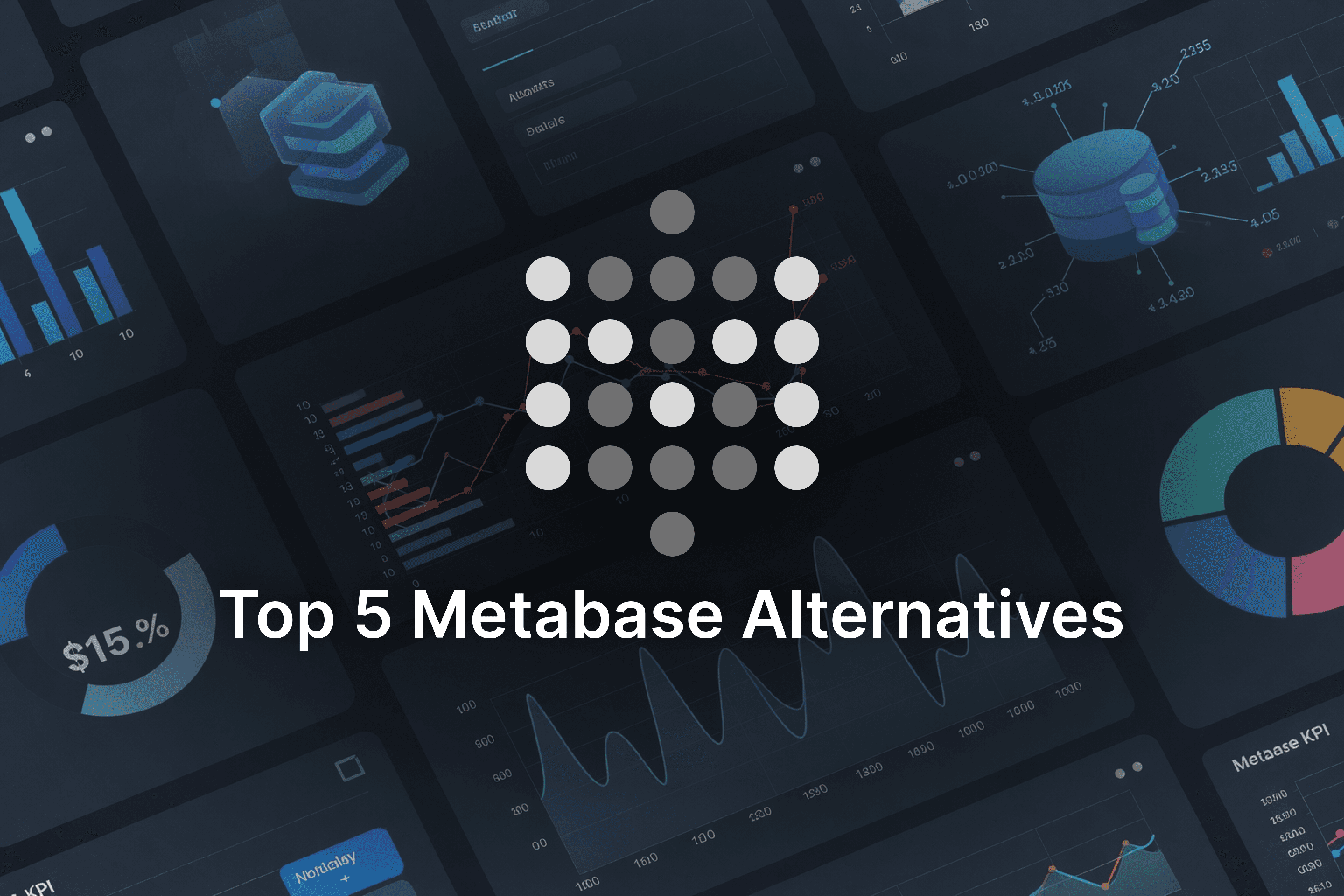AI chatbots are reshaping how teams work with data. Instead of waiting days for reports, learning complex BI tools, or scrolling through dashboards, anyone can ask a simple question in plain English and get instant insights. From sales managers tracking regional performance to marketers checking campaign conversions, AI makes data accessible to everyone. The best part? It’s secure, fast, and built with guardrails that respect company permissions. In this blog, we’ll explore how AI chat with company data works, highlight real case studies, and show you practical steps for rolling it out.

What Is AI Chat with Company Data and Why Does It Matter?
Think of AI chat with company data as a way to have a conversation with your business information. Instead of digging into multiple tools or waiting for a report, you simply ask your question in plain English. The chatbot connects to your data sources, understands your company structure, and only shows what you’re allowed to see. This matters because it speeds up decision-making and empowers every employee, not just analysts.
If you want to learn how this builds on dashboards, take a look at What is a Decision-Making Dashboard: Importance, Benefits, and How to Build One.
How Do AI Chatbots Create Instant Charts and Visualizations?
The question here is: Can a chatbot really make charts on its own? The answer is yes. When you ask something like “Show monthly sales trends for product X”, the chatbot automatically finds the data, analyzes it, and presents a line graph with peaks and dips. No spreadsheets. No manual effort. Just instant, clear visuals.

For ecommerce teams, this is especially useful. See how visuals drive action in The Modern Ecommerce Dashboard: Insights You Can Act On.
How Do Chatbots Handle Data Schema and Permissions?
You might wonder: If data lives in so many places, how does a chatbot know who sees what? This is where role-based permissions come in. Chatbots understand company schema and only deliver what each person is allowed to access. A sales rep can view their regional performance, but payroll data stays hidden.
To see why simplicity and clarity matter in these setups, check out Why More Data Isn’t Always Better: How Simple Workspaces Bring Real Clarity.
Why Is Self-Service Analytics a Big Win?
The question here is: Why do businesses even need self-service analytics? The answer is speed and independence. Instead of waiting on analysts, employees get direct answers. Some companies reduced repetitive report requests by 80%+, freeing data teams to focus on deeper insights.
This is especially important for small businesses that don’t have large data teams. Learn more in Revolutionizing Small Business Analytics: How AI Tools Save Time, Simplify Data and Drive Growth.
How AI Chatbots Spot Anomalies and Explain Them
So how do chatbots know when something unusual happens? They keep watching your key metrics. If sales dip or costs spike, the chatbot not only flags it but explains the cause—like inventory issues or campaign delays.
Real-World Case Study: Megamedia
Megamedia in Chile built an AI chatbot with AWS that helps citizens query government program data. It delivered:
90%+ accuracy.
Answers in under 30 seconds.
Built in less than 4 months.
This shows how quickly chatbots can handle complex queries at scale (AWS Case Study).
Guardrails and Governance: Protecting Company Data
A big question is: Is my data safe with a chatbot? The answer is yes. AI chatbots come with:
Strict access control so only the right users see sensitive info.
Audit logs that track every query.
Compliance alignment for regulated industries like finance and healthcare.
How to Roll Out AI Data Chatbots Successfully
You may ask: What steps should I follow to deploy one successfully? Here’s a simple roadmap:
Connect data sources: CRM, finance, marketing, and sales tools.
Map schema: Ensure the chatbot understands how data relates.
Set permissions: Protect sensitive information.
Test with real queries: Validate with actual business questions.
Train teams: Show users how to craft good prompts.
Iterate: Improve based on feedback.
Tool selection also matters. See comparisons: Why Consider a Metabase Alternative – Exploring the Best BI Tools Compared and Top 5 Metabase Alternatives for Seamless Embedded Analytics in 2025.
Good Prompts: What Should You Ask the AI Chatbot?
The key question is: What kind of prompts actually work? Here are examples:
“Compare marketing qualified leads and closed deals by region last quarter.”
“List top 5 products by revenue with any unusual dips.”
“What caused the drop in customer sign-ups in July?”
“What’s the average conversion rate by sales rep this year?”
These prompts are direct, specific, and give the chatbot context to generate better insights.
FAQ: AI Chatbots for Data Analytics
Q: How safe is my data?
A: Role-based permissions and audit logs ensure full security.
Q: Can I connect multiple systems?
A: Yes, most chatbots integrate with CRMs, ERPs, finance, and marketing tools.
Q: How do AI chatbots differ from dashboards?
A: Dashboards require manual clicks. AI chat answers directly in plain English.
Q: Can AI detect anomalies automatically?
A: Yes, chatbots track metrics and explain unusual changes.
Q: Which industries benefit most?
A: Retail, finance, healthcare, and SaaS see strong ROI (McKinsey Case Studies).
Conclusion: Why AI Chatbots for Business Data Analytics Are Essential
AI chat with company data makes analytics faster, safer, and easier to use. It reduces bottlenecks, improves clarity, and empowers teams to make data-driven decisions. Companies in ecommerce, finance, and beyond are already seeing measurable gains: faster insights, better choices, and happier teams.
If you’re planning your analytics strategy, this is the time to let your data talk. Conversational analytics can help you act on insights quickly and grow with confidence.









